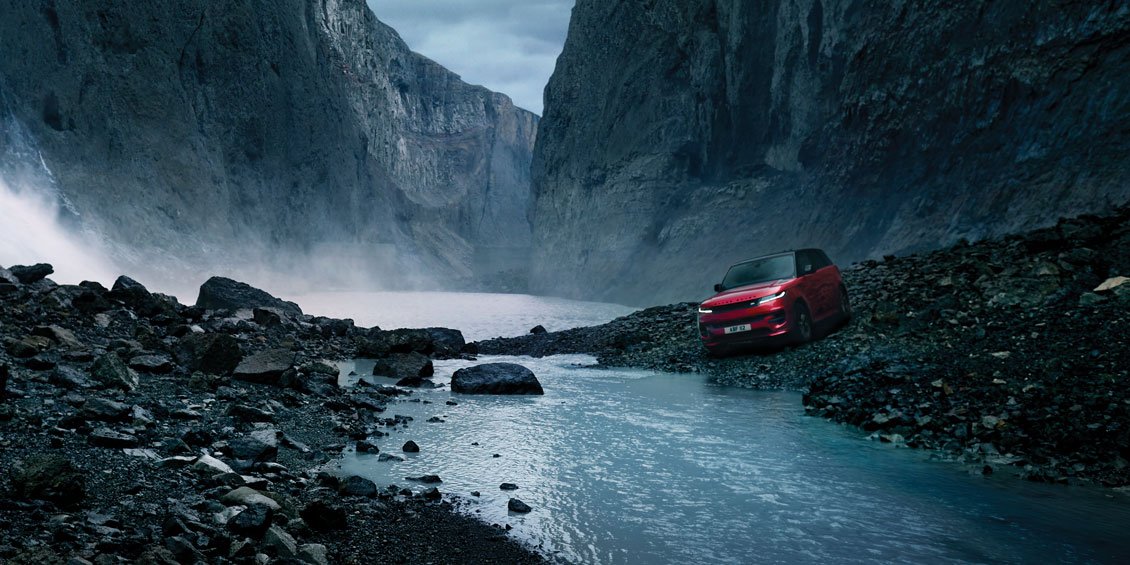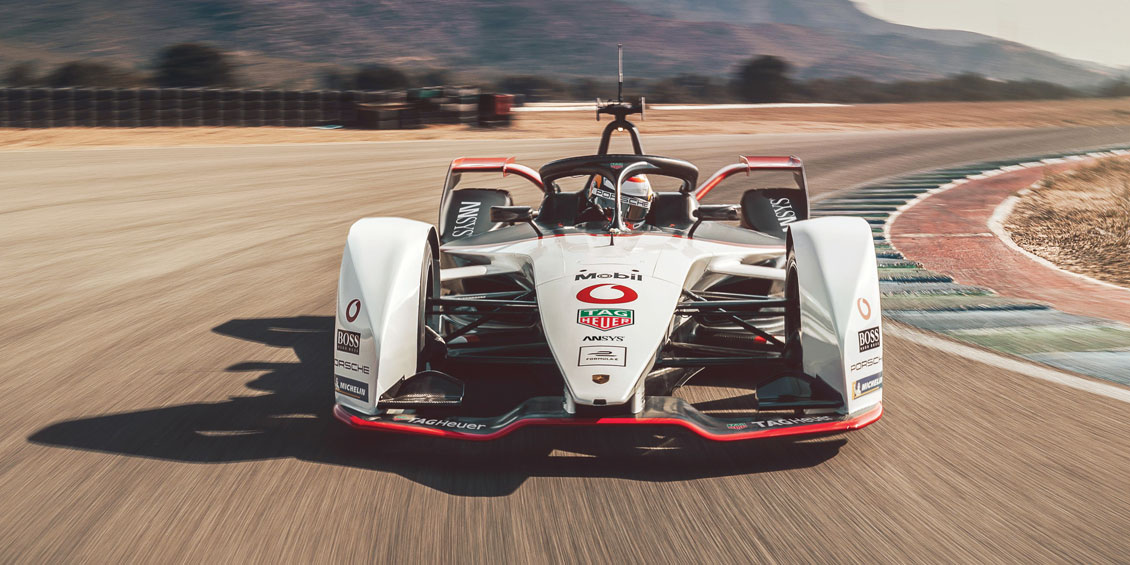V12, 11, 10, 9…
19th June 2024
The countdown to petrol obsolescence is nigh, but that doesn’t mean the fiercest engine configuration of all time is retiring quietly, as Ben Barry is pleased to report.
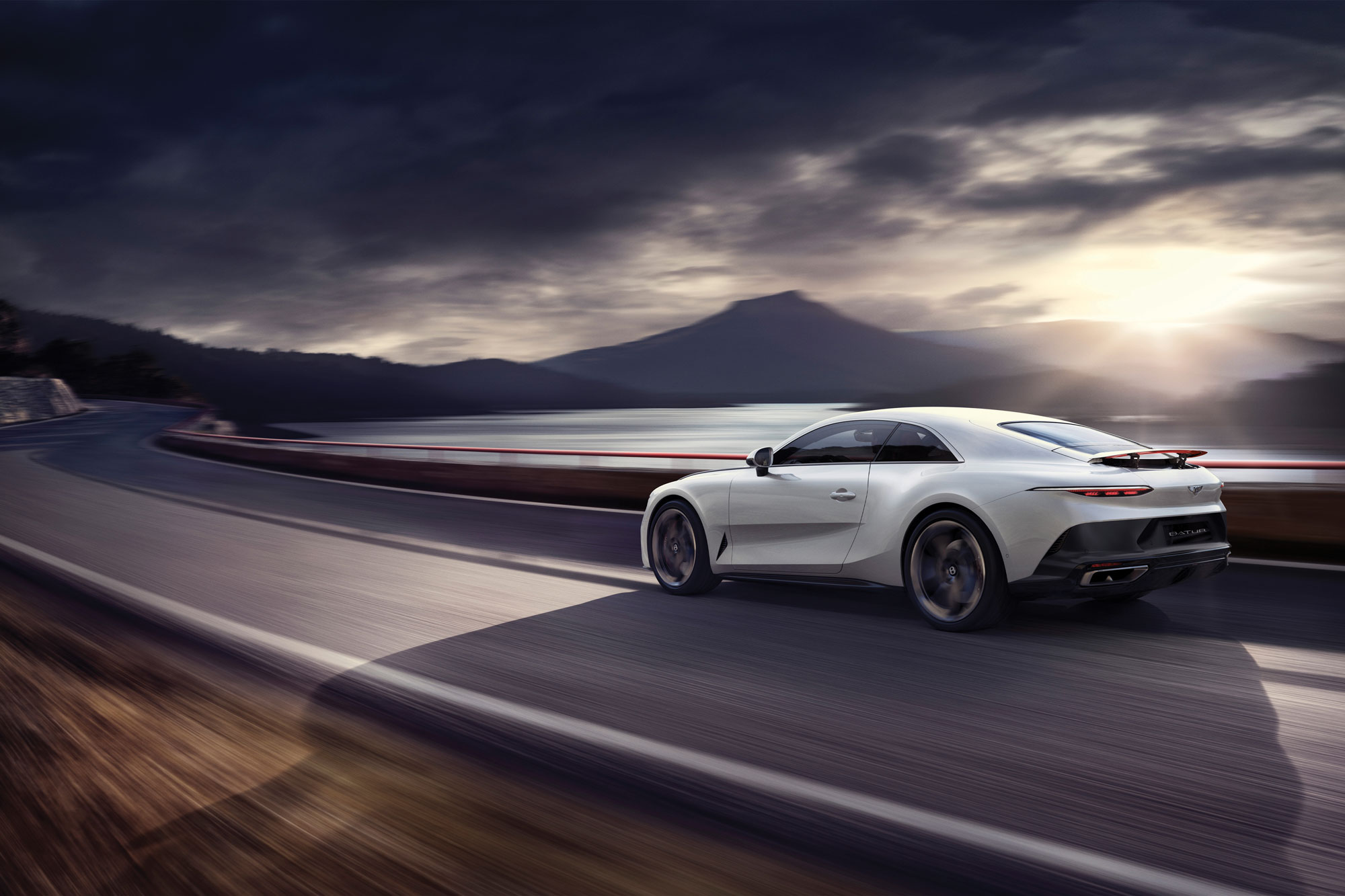
What do the Bugatti Veyron’s record-breaking 256mph top speed, Ayrton Senna’s 1991 Formula 1 World Championship and the Ferrari Testarossa from Miami Vice have in common? Answer: all were powered by 12-cylinder engines, arguably the greatest, most formidable arrangement of sucking, squeezing, banging pistons ever driven.
Whatever its layout – V12, flat-12, W12, all depending on how those cylinders reciprocate around a common crankshaft – the 12-cylinder engine can be breathtakingly powerful, ear-tinglingly sonorous and blissfully smooth. Often it is all three.
V12 engines have serenaded owners and admirers of Ferraris and Lamborghinis since the dawn of Italian supercar time. A dozen stately cylinders have whooshed VIPs near-silently about town in the likes of the Rolls-Royce Phantom and Bentley Flying Spur. They have also cropped up in some anomalous if brilliant machines over the years, notably the Toyota Century (a Japanese-market limousine with a cult European following) and the Audi Q7 V12 TDI – a likeable diesel exception to the petrol-powered elite.
Three times larger than the average engine, the 12 cylinder today finds itself on the wrong side of ever tightening fuel-efficiency standards, often replaced by downsized V8s in newer models, sometimes even pure electric propulsion (the new Rolls Spectre is all-electric).
It’s why an ever-decreasing number of new cars boast a dozen cylinders, and fewer still of these wondrous engines are being engineered from scratch. Yet luxury car makers know buyers remain hungry for a 12-cylinder symphony and are often willing to pay huge premiums as a result. So the limited cars that remain are spectacular – headed by a recent flock of V12 swansongs from the finest marques.
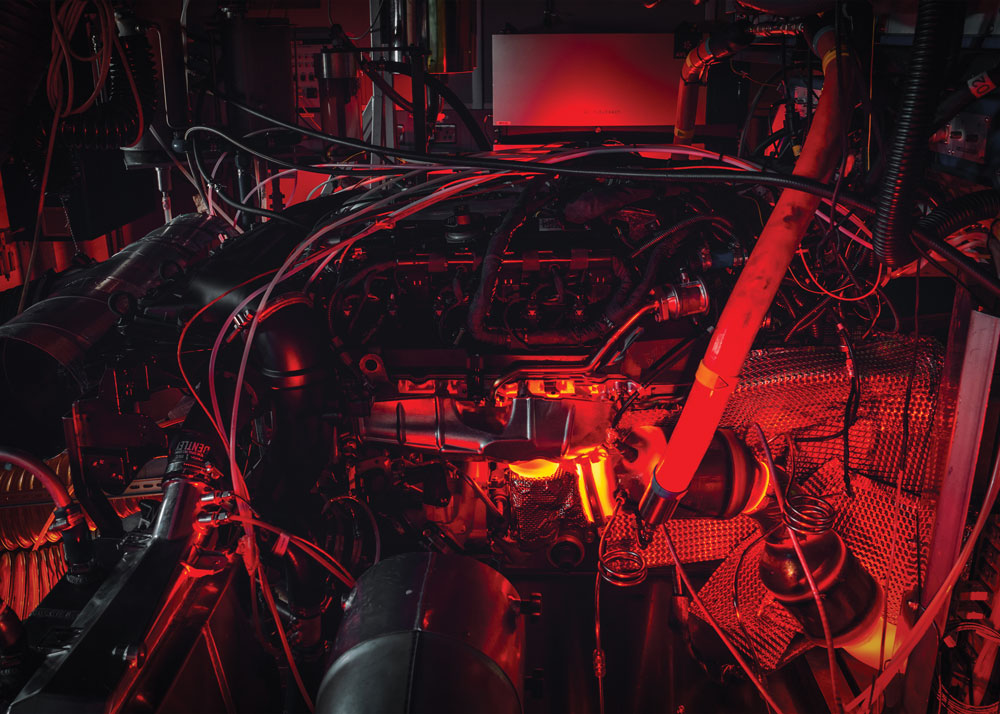
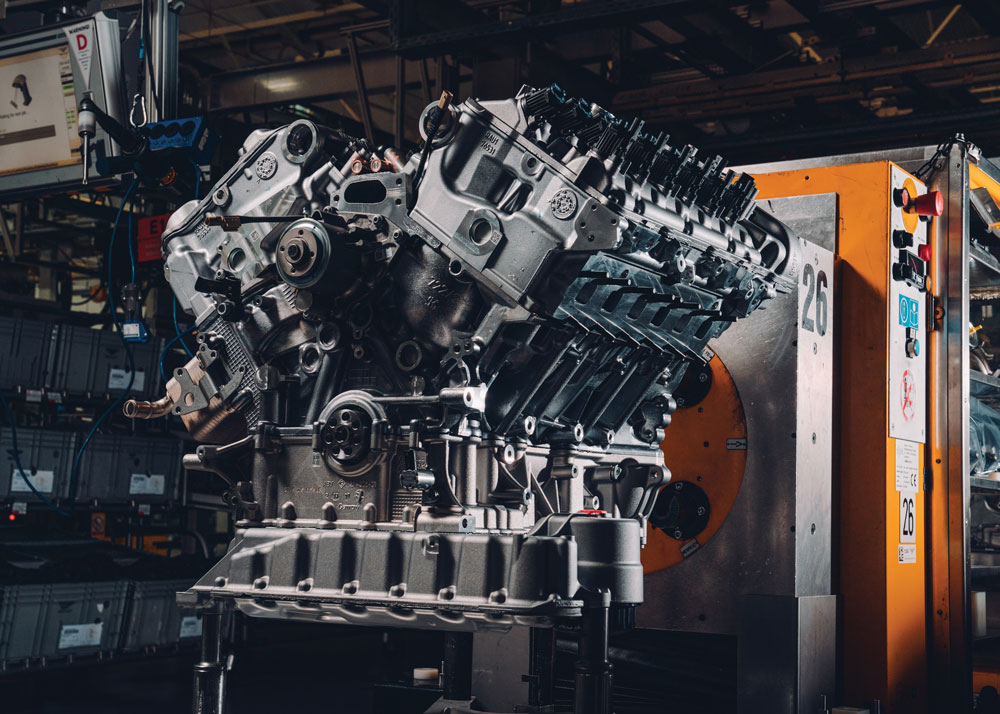
Take the ‘W12’-powered Bentley Batur, the last 12-cylinder model from a maker that once bench-tested V12 Merlins for Spitfires and Hurricanes before they flew off to win World War Two.
Bentley introduced its W12 engine (basically two V6 engines joined at the hip) with the Continental GT in 2003. A more ‘affordable’ kind of Bentley made on a regular production line unlike its coachbuilt predecessors, the Continental GT single-handedly bumped Bentley from 414 to 8,627 sales within two years and helped save the company.
Two decades later the W12 bows out in the Batur, the most powerful Bentley ever and one that, while based on the Continental GT, flips its economies of scale – just 18 Baturs, each around £2m a pop, helped Bentley achieve its juiciest ever profits last year.
The coachbuilt Batur features completely new carbonfibre bodywork, an almost entirely bespoke hand-crafted cabin and 740bhp of 12-cylinder majesty – enough to propel the 2.2-tonne coupe from zero to 62mph in just 3.4 seconds and onto 209mph.
Aston Martin’s V12 history dates only to 1999 but over the last two decades it’s given us incredible machines ranging from the highly collectible V12 Vantage to the £1.4m One-77. And it’s not done yet.
The DBS 770 Ultimate is the swansong to its DBS grand tourer, and the most potent Aston Martin production car in history. The Ultimate cranks up Aston’s twin-turbocharged V12 to 759bhp (or the 770 metric horsepower of the name), adds a more dexterous chassis to match and garnishes this last-of DBS with luxuries including sports seats trimmed indulgently in semi-aniline leather and Alcantara.
“The Valour’s retro design references Aston’s more muscular, Americanised period introduced with the V8 Vantage in the 1970s”
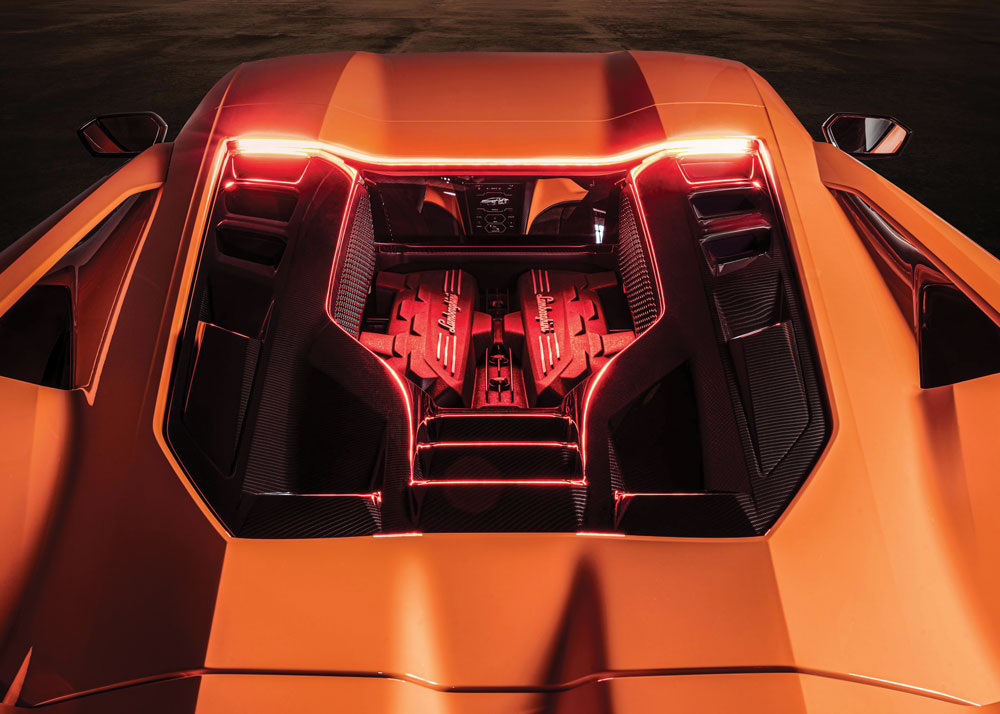
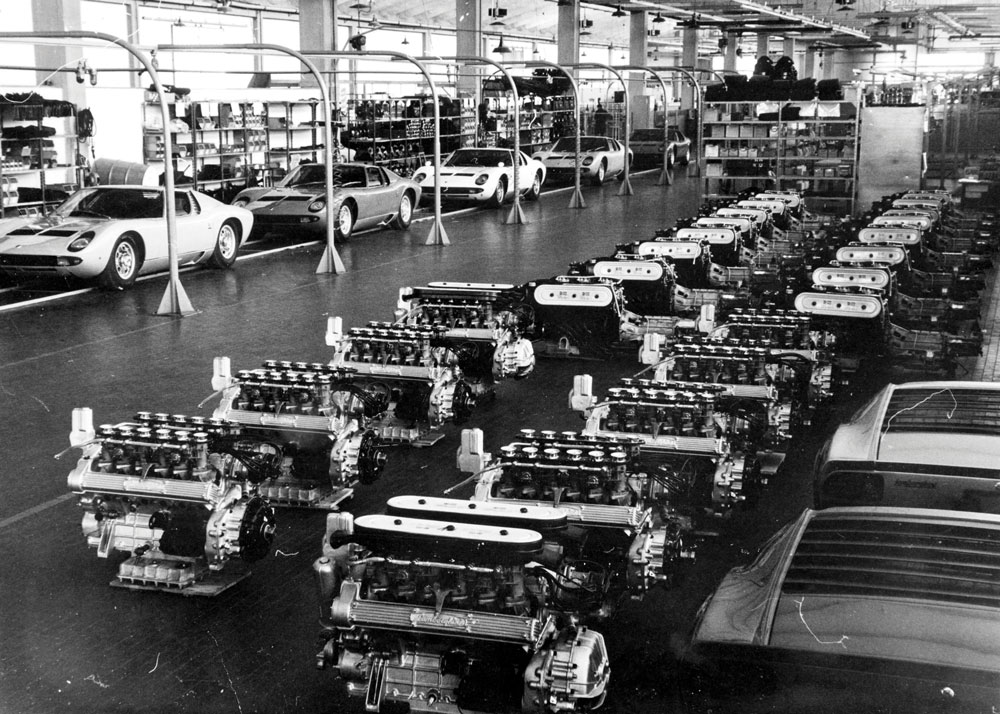
Only 499 of these run-out DBSs will be produced, each costing £314,000 minimum, and the order book had already closed when Aston officially announced it earlier this year.
The Aston Martin Valour uses the same 5.2-litre V12 but mates it with a manual gearbox and is even more exclusive – launched to celebrate Aston’s 110th anniversary, production will be limited to just 110 units globally.
The Valour’s retro design references Aston’s more muscular, Americanised period introduced with the V8 Vantage in the 1970s, but reimagines it in cutting-edge carbonfibre bodywork while the gorgeous interior similarly blends past and present – carbonfibre seat shells are trimmed in woollen tweed inspired by the 1959 DBR1 that won Le Mans.
It should be easier to buy a Lamborghini Revuelto – the supercar might be sold out into late 2025, but it’ll be around for years to come and there’s no upper limit on production.
Replacement for the Aventador, the Revuelto is the latest in the Italian supercar makers’ V12 bloodline and differs most obviously from the Bentley and Aston Martin in two respects. First, the mighty 6.5-litre V12 is a new engine, not an evolution. Second, rather than boosting performance with turbocharging, Lamborghini does it with hybrid assistance. Three electric motors (one integrated with the gearbox at the rear axle, two driving the front wheels independently) help the V12 break the 1000bhp barrier, but they also allow the Revuelto to run silently in zero-emissions mode.
There are other, more rarefied examples of all-new V12s too – the Aston Martin Valkyrie and Gordon Murray Automotive T.50 both cost north of £2m and rev well beyond 10,000rpm (even the most exciting road cars usually run out of puff by 9000rpm), doing a fair impression of the best fingers-in-ears F1 cars in the process. Right now, they are arguably the most incredible road cars on the planet.
The 12-cylinder engine might be reaching the end of the line, then, but it’s not about to bow out without a final roar.
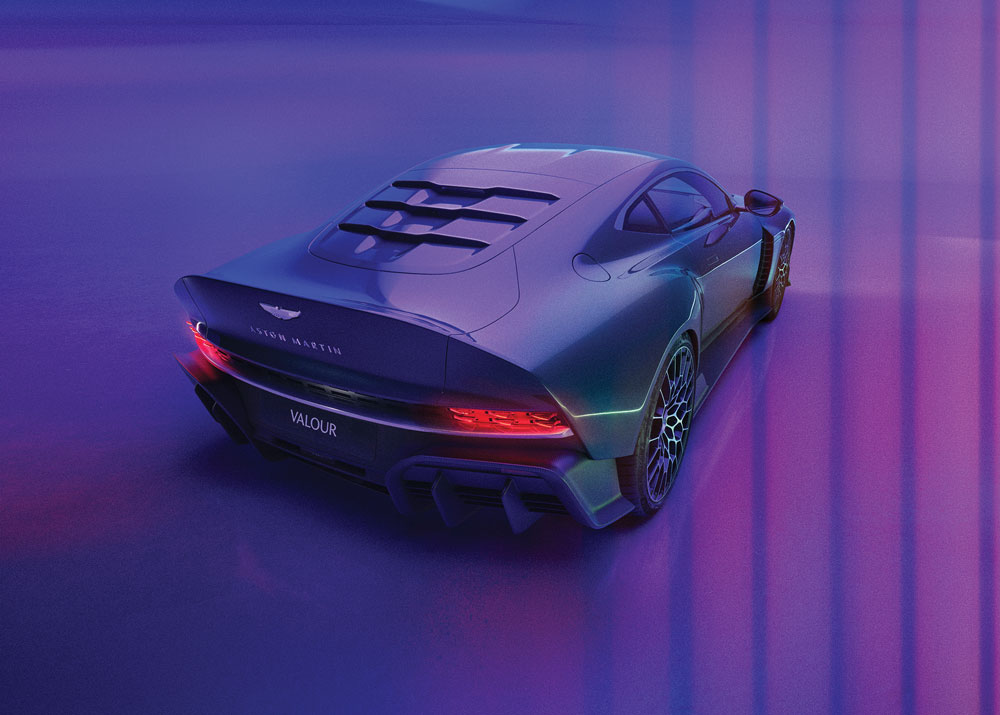
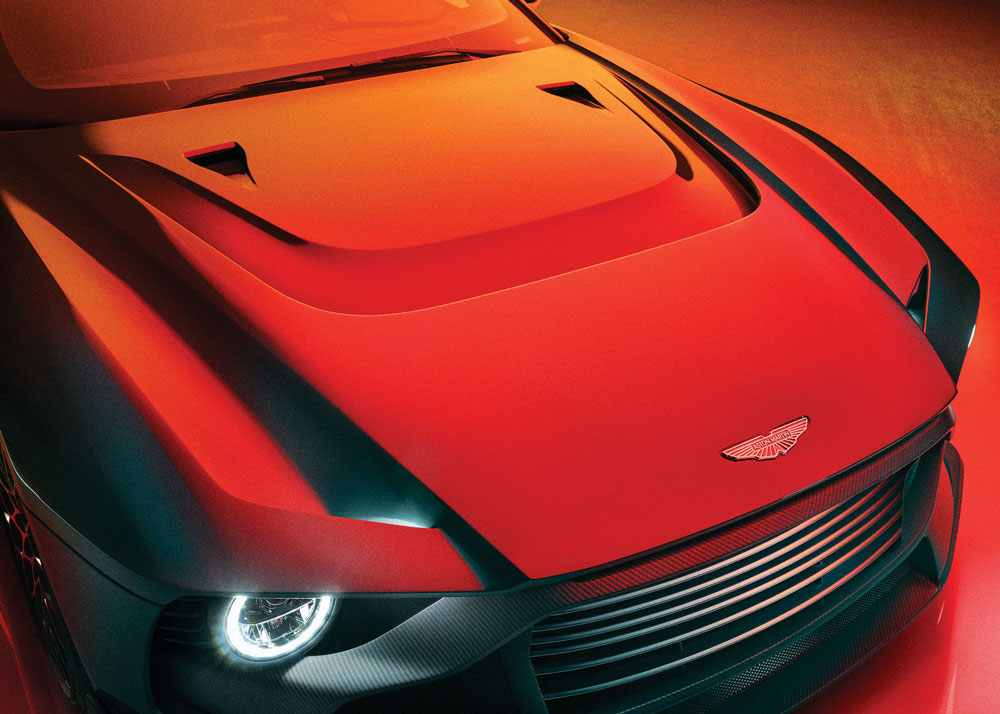
CONTINUE READING
ROCKS STAR
The latest to join Land Rover’s forecourt redux, the all-new Range Rover Sport is equal-parts speed and sophistication, reckons Chris Chilton.
GREAT DRIVES | CAMERON & CLYDE
The jewel in Loch Lomond’s crown, Cameron House is back, more magnificent than ever – a bolthole as well as springboard for high-octane japes that take in the region’s spectacular sea lochs.
WHEELS TO WHEEL
Together at last! TAG Heuer of Carrera chronograph fame and Porsche of Carrera 911 fame finally tie the knot, in a horological car-llaboration running deeper and faster than most.

